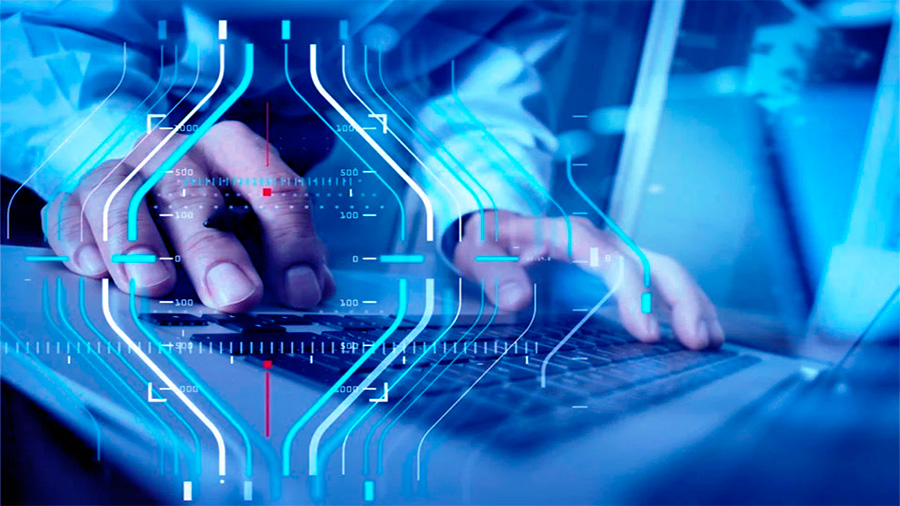Microfinance institutions (MFIs) employ a range of methods to monitor loan repayments and minimize defaults. Regular check-ins via phone calls or visits to borrowers’ homes or workplaces keep communication lines open and ensure reminders for upcoming payments. Group lending is another effective strategy, where borrowers form groups and are collectively responsible for each other’s repayments, creating a system of mutual accountability. Social monitoring leverages relationships within these groups to encourage timely payments. Additionally, MFIs often promote digital payments through mobile apps, making it easier for borrowers to manage payments. Collateral requirements, such as property or vehicles, provide a safety net in case of default. Thorough credit checks, including reviewing credit history, income, and assets, further help in assessing repayment capabilities. By utilizing these diverse approaches, MFIs can effectively monitor loan repayments, support borrowers, and reduce the risk of defaults.
What Methods Do Microfinance Institutions Use To Monitor Loan Repayments?
Microfinance institutions (MFIs) use various methods to monitor loan repayments and ensure borrowers stay on track.
You can expect regular check-ins through phone calls or visits to your home or workplace. This helps MFIs keep in touch and remind you of upcoming payments. Group lending is another method, where you borrow as part of a group. Each member is responsible for others’ repayments, creating social pressure to pay on time.
Social monitoring leverages the relationships within borrower groups to encourage repayment and reduce default risks. MFIs also encourage digital payments through mobile apps, making it easier for you to pay on time. Some institutions require collateral, like property or vehicles, as a safety net in case of default.
Additionally, MFIs conduct thorough credit checks by reviewing your credit history, income, and assets to evaluate your repayment capability.
Lastly, by using these methods, MFIs can effectively monitor and ensure loan repayments, reducing the risk of defaults and supporting you in maintaining financial health.

How Does Risk Management Help Microfinance Institutions In Assessing Creditworthiness?
Risk management helps microfinance institutions assess creditworthiness by focusing on key areas like credit risk management. You can implement risk management strategies to evaluate borrowers’ ability and likelihood to repay loans. Here’s how:
- Borrower Assessment: Conduct thorough examinations of borrowers, including their repayment history and income verification. This helps determine if they’re reliable.
- Credit Scoring Models: Use these models to rate borrowers’ creditworthiness. This aids in making objective loan disbursal decisions.
- Loan Monitoring: Regularly track loan performance to catch any early signs of potential defaults.
- Collection Strategies: Establish effective mechanisms to ensure timely repayments and reduce defaults.
By integrating these risk management tools, you can minimize the risk of loan defaults, thereby protecting your financial health and ensuring sustainable operations.
Finally, by using these strategies, you can strengthen your risk management framework, mitigate various risks, and maintain long-term stability for your institution.
What Is The Impact Of Credit Scores On Loan Approval In Microfinance?
Credit scores have a significant impact on loan approval in microfinance. They serve as a numerical representation of your creditworthiness, typically ranging from 300 to 850. Higher scores make you more attractive to lenders since they indicate lower risk, whereas lower scores might lead to loan rejections or higher interest rates. Microfinance institutions use credit scores to gauge the likelihood of timely repayment, allowing them to make informed lending decisions.
You can improve your credit score by demonstrating financial responsibility, such as making timely payments and maintaining a low credit utilization ratio. Additionally, micro loans offer an avenue to build your credit history, which is crucial for future borrowing opportunities. Regularly monitoring your credit score and addressing any discrepancies can help ensure better loan terms and financial stability.
In closing, by improving your credit score through timely payments and careful financial management, you can enhance your chances of loan approval in microfinance and secure better loan terms.

How Do Group Lending Models Improve Creditworthiness Assessment In Microfinance?
Group lending models improve creditworthiness assessment in microfinance by leveraging social ties and collective responsibility. When you are part of a group loan, your peers are responsible for your repayment too. This social pressure and mutual accountability encourage everyone to repay on time.
- Social Collateral: Instead of financial collateral, you use your social connections to guarantee the loan. This makes it easier for you to get credit without assets.
- Information Sharing: Your group knows you well, so they can vouch for your trustworthiness and help the lender with accurate information.
- Monitoring and Enforcement: Group members keep an eye on each other, ensuring everyone follows the rules and repays the loan. This reduces the lender’s monitoring costs and risks.
This model not only provides you with access to credit but also builds a supportive network that helps you succeed financially.
Overall, group lending uses social connections, shared information, and mutual monitoring to boost your creditworthiness, making microfinance more accessible and effective.
What Alternative Data Sources Are Used By Microfinance Institutions To Evaluate Creditworthiness?
Microfinance institutions use several alternative data sources to evaluate your creditworthiness. These include:
- Telco Data: Your mobile phone usage, such as airtime usage, mobile money transactions, geolocation, and SIM activation details, provide insights into your behavior and reliability.
- Utility and Rent Payments: Your history of paying utility bills and rent can show financial responsibility and regularity in managing ongoing payments.
- Social Media Activity: Your social media interactions are analyzed to understand your lifestyle and stability.
- E-commerce and Online Transactions: Your online purchasing behavior reflects your spending habits and financial management.
- Psychometric Tests: These tests evaluate your personality traits to predict your likelihood of repaying loans.
- Government and Public Records: Information such as previous addresses, legal issues, and public document filings provide a comprehensive view of your background.
- Employment and Income Records: Data from employment history and income, including gig economy earnings, helps assess your ability to repay.
By using these alternative data sources, microfinance institutions can create a more complete and holistic profile, allowing for a better assessment of your creditworthiness beyond just traditional credit scores.
As a final point, these diverse data sources enable microfinance institutions to evaluate your creditworthiness more thoroughly and fairly, providing a clearer picture of your financial behavior and reliability.

